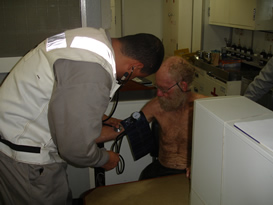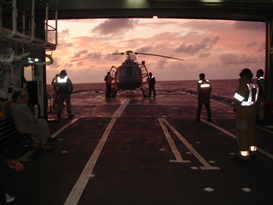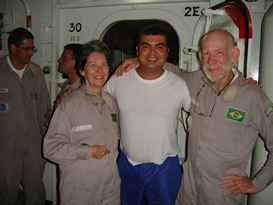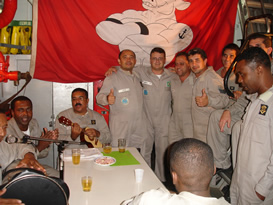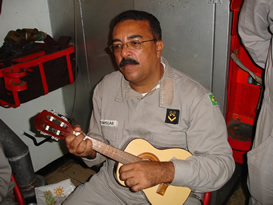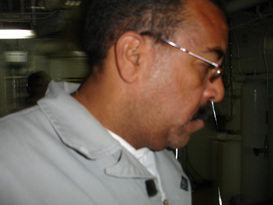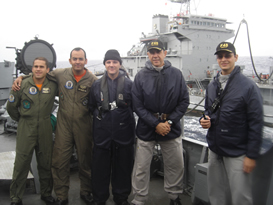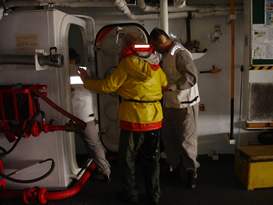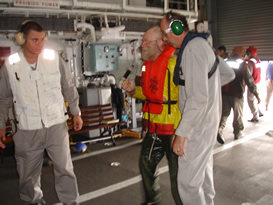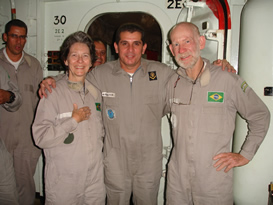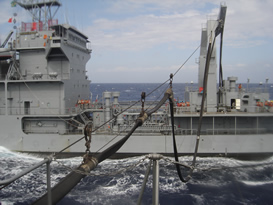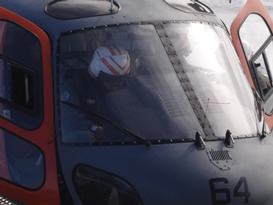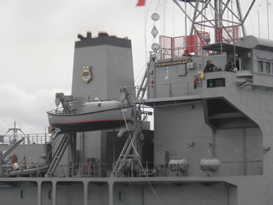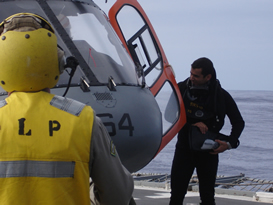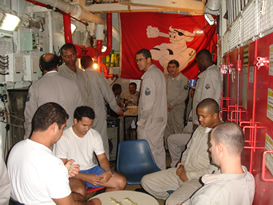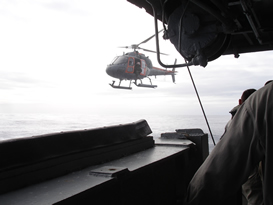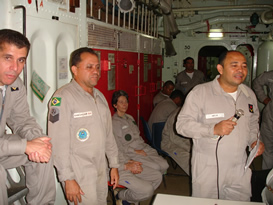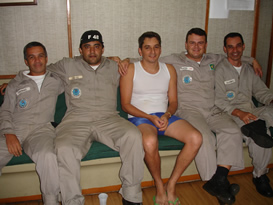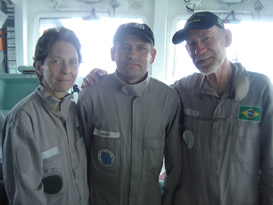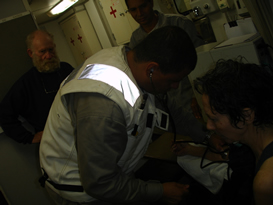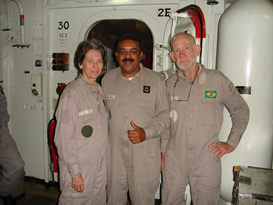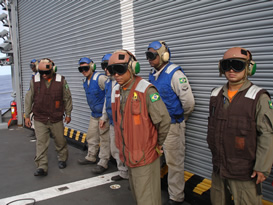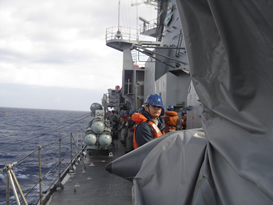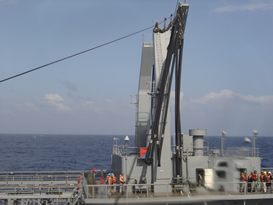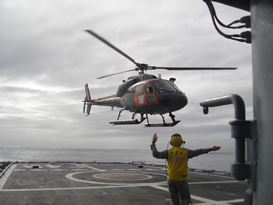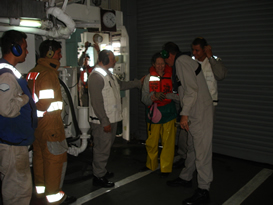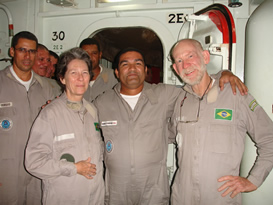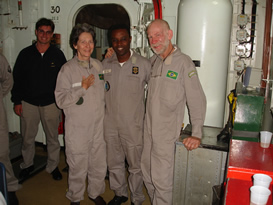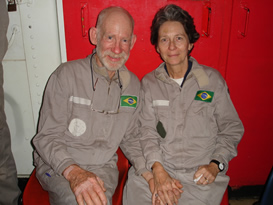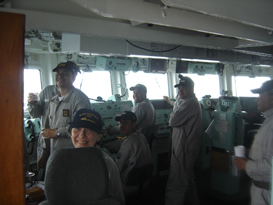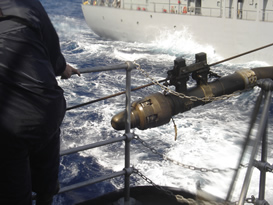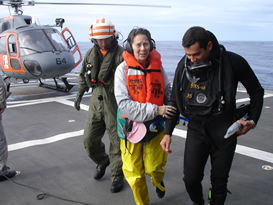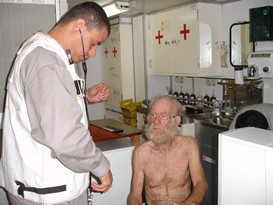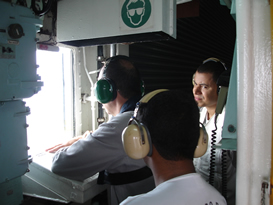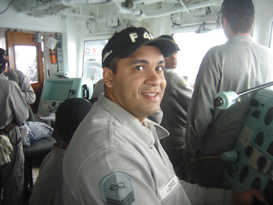23 – PINHEIRA, SANTA CATARINA STATE
Before we left Porto Belo we almost lost the dinghy; Jess had gone off to investigate filling the gas cylinders and forgot to tie it up on his return. Luckily we were able to spot it drifting half way across the bay, making friends with other vessels on its wanderings. Jess took our double-bladed canoe paddle and swam to a nearby fishing boat, which had a dinghy trailing behind and “borrowed” it. There is obviously a skill to paddling these traditional dug-out dinghies and keeping them in a straight line and Jess found it very hard going trying to keep a course. The locals favour standing and using a single paddle, alternating sides as required. We were really lucky: 1) that there was a dinghy nearby and that it wasn’t locked, 2) that we had a double paddle, 3) that Jess had the strength to swim to the fishing boat, climb aboard and then paddle quite a way across the bay, 4) that the wind was light and the dinghy hadn’t disappeared out to sea, and finally 5) that there was fuel in the outboard which started, making the return trip much easier
We left Porto Belo on 9 th March motoring in a calm, however no sooner did we start to make lunch, than the wind arrived and we found ourselves going backwards, so we got behind the sheltering headland and into the small bay of Caixad’Aco -means steel box- (2707S, 048.31W). Half an hour after we anchored the yacht which has passed us earlier in the day, returned towing a dismasted Argentina yacht. We heard much later that a fishing vessel had run into him. We didn’t go ashore as we hoped to be on the move a.s.a.p. The bay is small and very sheltered, surrounded by hills on 3 sides and the 4 th side is protected by the Porto Belo island. There are 3 floating bars and a few mooring buoys all in use, but only one of the bars was open. Even though the season had closed 3 schooners visited, their loud P.A. systems blaring out, impossible to ignore, encouraging their passengers in singing, clapping and dancing (bit like Bapsfontien afloat!)
There are a number of fishing boats moored here and there is a large jetty where the larger boats load and unload. There is a tiny beach at the far end, which appears at low tide, it is steep-to with the houses clinging precariously to the hillside, most are double-storied because of the slope and those at beach level get their toes wet at high tide. This little bay is only 1 mile further north than where we had been anchored outside the Porto Belo yacht club, but now we could see the north end of the island and the sweep of the bay behind it, which had been hidden from us before. In the distance the skyline is fringed with a line of high-rise buildings, not unlike Copacabana (in Rio), while close at hand a very basic fishing village nestled – such a contrast.
So hot the following afternoon that we had to have a swim, the visibility was so good that we could easily see the tiny blacktail fish swimming with us, but it wasn’t long before a squall came blustering through, accompanied by thunder and rain. The water collection funnel in the awning was a sheet of running water but the wind blew it away before we were able to collect any. There was even hail, a piece bounced inside and we ate it – thats what happens when you are fridge deprived!. A water container floated past which J rescued, so someone’s loss became our gain.
Three days later we set off for another bay further south called Enseanda de Ganchos ( 27.19S; 048.34W). As we crossed a large bay 15 to 18 yachts taking part in a regatta criss-crossed our path. There are 3 tiny bays, very close together, in the lee of a mountain, which gives excellent shelter from the southerly winds. The first bay is the smallest, the second has a fishing village and the third a small country hotel and jetty. We picked up a buoy in thje 3 rd bay, but after the schooner came past and indicated that if we planned to spend the night we should go ashore a pay, we moved and anchored a little further out. Rocky ridge spurs project out from the surrounding slopes, forming protecting arms around these small bays and the ends hold a collection of floats marking a variety of oyster and mussel beds, together with prawn traps etc. Ganchos means hook, so that will give you an idea of the shape of these bays. A church straddles one of these arms between 2 bays and higher up this ridge there is a group of large antennas plus another group of antennas on the next ridge, which accounts for the good TV reception here.
Despite a quiet night a north-east wind and swell the following day made the bay too uncomfortable and we had to move north to another protected bay Enseanda Zimbros. A low sandy isthmus joins the Porto Belo spine of mountains to the rocky headland of Zimbros and although the wind could still be felt, we were completely protected from the swell from the open sea. The greatest danger in this area are the numerous oyster beds. A channel has been lefty free to allow the shore residents access so that’s where we anchored; in very sticky mud, which Jess cursed when we left as it was so difficult to wash off. The following day a young lady swam out to us (about 200m); our mermaid is a Product Designer university teacher, in the neighbouring state, enjoying a weekend break and was curious about us. She spoke good English, which she explained is compulsory at University level. She was the first of the many visitors we were to receive in the friendly state of Santa Catarina.
Several days later, taking advantage of a NE wind, we set off for the offshore side (east coast) of Ilha da Santa Catarina. The wind died and we drifted till dawn, when we found very large brown moths onboard – wonder where they came from? We decided to motor as we did not want to spend another night in close proximity to several offshore islands. “Rocky islands are impressive, very steep, nowhere to land” –extract from diary, 16 March (remember this one month later, regarding later events).
We arrived in the large bay of Enseada da Pinheira ,means pine trees and you can see them beyond the sand dunes which surround the bay, (27.53S; 048.35W). We anchored outside of the local fishing boats and off the commercial centre of the village. The long sandy white beach, forms an uninterupted half circle, along which lots of dogs run, accompanied by walking/jogging Brasilians.
The locals put out a fishing net, about 200m long, from the beach and then pull it in by hand using many enthusiastic volunteers, (similar to method used by Houtbaai fishermen to net “harders”); here the catch was sardines. People arrived with plastic shopping-bags to buy fresh fish but the bulk was loaded into a double-cab “bakkie”.
The village has 2 supermarkets, several chemists, internet etc., but no Cambio or bank (except for ATM inside supermarker) so we only bought fresh fruit, vegetables and bread because VISA card had expired (that’s another story). The camping shop directed us to the Gas depot, where our small cylinders were filled from a large cylinder tipped up on a folding chair in the garden. Jess and the friendly proprietor enjoyed a long technical chat, mostly in sign language ( sort of hands-on speak) which they both appeared to understand.
The following day the village began to hum; it seems that lots of people have holiday homes and spend summer weekends here away from the nearby towns of Sao Jose and Florianopolis. We learnt that on this weekend (19 March 2005) Sao Jose was celebrating its 255th anniversary from Gunno, who swam out to us. (It seems Brasilians are strong swimmers, undeterred by distances of 3/400m .) He came aboard to chat and invite us ashore to his family’s house for ‘feijoada’ (typical Brasilian dish of meat, rice, black beans). There were lots of people at the house – coming, going, cooking, drinking, playing dominoes; many were cousins and related family, others old friends, but everyone knows everyone else, ages 10-60+ and all were told where we came from and that was our yacht out in the bay. Everyone seemed to stop to greet us, quite a number of people could speak a little English and many more understood. The beach house is a semi -detached cottage with different branches of the family in either side; French-doors lead from the open-plan interior directly onto the beach and people are continually moving back and forth. The kitchen has a gas ring burner, big enough to hold a catering size pot, where the black beans are cooked and into which chunks of sausage and bacon are added. (Brasilians don’t have rashers of bacon, only very fatty 2x3inch chunks used for flavour.) Bits of cooked bacon, sausage, sweet potato and pumpkin were passed around as snacks. Everything is shared; Brasilians don’t have a bottle or can of beer for each person, whatever is being poured is added to everyone’s glass and it keeps coming. I was given a huge glass of cachaca (white rum) mixed with ice, limes and sugar (very Brasilian) and after I had had a few sips and put it down, the glass was then passed around. Just as well, as even those few sips were enough to knock my block off! At about 3 o’clock the feijoada was ready, over which mandioca (cassava) flour is generously sprinkled. This (for us) has no taste but serves to sop up the gravy and helps to stick your ribs together. The company could not believe that we had not eaten mandioca before, they thought the whole world did! There were quite a few a lot of young people there and as the east coast of Santa Catarine Island has hosted the World Surfing Championships, they wanted to know about Jefferies Bay; they also spoke more English. Regretfully we took our leave at dusk, helped through the surf by willing hands.
The next day Benjamin, cousin to Gunno (feijoada host), swam out to us to invite us to his half of the cottage – to shower, take a nap and make ourselves at home As we had not seen any public taps onshore, we took the opportunity of showering and filling our two15 litre water containers. After a delicious lunch of fried shrimps (this area supplies the rest of Brasil) Benjamin and wife Carol, drove us to a neighbouring beach, well known to local surfers. Rio da Madre empties into a bay, forming sand banks along which the surf breaks. The beach known as Guarda do Embau is reached either in a local dugout canoe which is poled across the shallows, or by wading. There is also a path, made by surfers and cows, we met both, which twists and climbs over and around boulders along the steep shore edge to a small beach on the northern bank of the river. Here an old wooden boathouse has been converted into a trendy beach bar, where the walls are adorned with photographs of famous Brasilians and actors who have come here. A rustic spot where we enjoyed the local fried fish, eaten with fingers, as a snack, washed down with cold beer, cows grazing on the headland, tattooed Brasilians enjoying the beach below us and surfers getting dumped on a shallow shore-break in the background – mmuunnn lovely.
Back onboard, the wind direction changed causing us to buck and jump with the big swells, making staying untenable and the next morning we moved north across the bay into the lee of Ilha do Papagaio (did not see any parrots). Although the low lying sandy mainland and rocky island reduced the fetch so that the waves were smaller, the wind still howled around us; uneasy as we were as we yawed from side to side, we were glad not to be in the south which must have been awful. The wind continued for most of the night, moderating only during the early hours, but at 9 the next morning when the GPS anchor alarm went off, we knew the wind direction had changed and we would have to move as a Weather Alert on the local VHF Radio for “rough seas”, together with the forecast from the Spanish Radio Net, had warned of a front moving in. By 0930 we were on our way back across the bay; by 1015 the barometer was rising and the SW wind had arrived. The weather closed in with dark clouds obscuring the high inland mountains, while the misty drizzle reduced visibility so that Ilha Santa Catarina and its offshore islands disappeared. The following 2 days passed quietly; we collected rain water, washed laundry etc.
On Easter Friday a young couple in a RIB came out and asked if we had been the visitors of last week at the feijoada? There we had met Otavia, a student who spoke excellent English and had enjoyed a long chat with him, our current visitors where his sister Maria and boyfriend Raphael, who had come to invite us to meet the rest of the family ashore. They had a look below and Raphael who is tall, was horrified at the small size of our boat. As there was big surf breaking on the beach, we went with them in the RIB – much easier.
We had met the mother and father the previous weekend and although they did not speak English they made us very welcome and Maria who had spend 4 months in Canada, learning English, did the translating. We spent a pleasant afternoon, snacking on shrimps, beer and cashasa. Their weekend cottage was further along the beach but it too emphasized was open plan, half the area a converted garage where the RIB can be stored or where the extended family can gather under cover.
Maria is currently attending the University of Florianopolis as a 2 nd year Medical student. There are 3 types of universities: Federal (ie Central Government), State and Private. To attend the Private university all you need is money, but the others, which are free, require an arduous entrance examination.
One of the cousin’s husbands, of German heritage, happened to sit next to Jess, which caused much comment and comparison of the whiteness of the hair on their arms and their blue eyes; Brasilains find this very strange. Only then did we realize how we stick out amongst the olive-skinned, dark hair, brown eyed Brasilians – in fact we now notice anyone else with blue eyes because its so unusual here!
Next day a Laser dingy sailed past and Marillo and Denise invited us to visit when we went ashore. So after getting a few provisions at the supermercado we went to make some more new friends. He has a yacht in the neighboring state of Parangua and showed us photographs of anchorages and advised on local weather conditions. We were invited to stay for a ’churrasco’ (BBQ)with the extended family. Marillo and Denise have a holiday apartment on the top floor of a small 3 storey building overlooking the beach; the opposite apartment is occupied by his brother and there are various other family members on other floors. Everyone in Brasil seems to be part of a large family, which may explain why we are always asked “do you have children and where are they”?
All the apartments have built-in churrascoes with a common chimney-flu running through the building, gas or wood can be used; very civilized, no problems with wind rain or cleaning. Unlike a South African braai, you are not given indivual steaks, chops etc but pieces of whatever is being cooked. A single piece of meat is skewered, or wrapped around a large kebab type rod (could double as a sword if needed!) and this is kept turning over the coals until the meat is cooked, it is then cut into small portions or slices and passed around. Before this sausages are cooked over the fire, cut up and together with bits of salami and bread are passed around as snacks. A most enjoyable evening spoiled only by getting very wet in the surf when we launched the dinghy to return to Dalkiri. In fact we never did manage to get ashore here without getting wet, either coming or going.
Easter Sunday the NW wind and swell increased until we hauled the dinghy onboard and set off again to shelter behind Papagai Island. The only way onto the island is by boat or helicopter, so this private island hotel remains exclusive, attached to the mainland by electrical cables that span the narrow channel, across which it is possible to wade at low tide. With the NE wind forecast to remain for a few days, after stowing all the loose stuff away, we sailed south the following afternoon.
